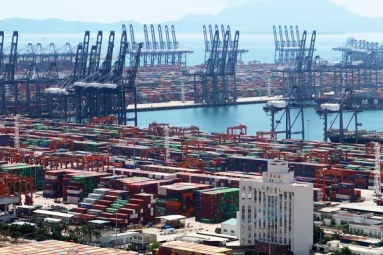
(Image source from: azfamily.com)
The monsoon can create some fantastic thunderstorms and sometimes, those storms explode.
"Basically the bottom of the storm drops all of its energy down in about a minute or two," said Ken Waters of the National Weather Service Phoenix.
That downburst of cold air hits the ground and pushes all the dirt on out and away from the storm. That cloud of dust can travel on average 50 to 100 miles but the strongest ones. "Those have been tracked as much as 200-300 miles out," said Waters
That's a distance from Tucson to Yuma. The dust height can be as high as 7,000 feet and they can measure hundreds of miles.
"Some of the really big ones 150-200 miles from end to end," said Waters.
So why do we see some of these epic dust storms one year and not another? Research among meteorologist has shown a connection between exceptional drought conditions in southern Arizona and the dust storms.
"We've seen an uptake on years when it's been after a few years of drought," said Waters.
The year before the 2011 monsoon the drought map showed rainfall was less than 50 percent of normal. Heading into the 2018 monsoon we are seeing the same setup.
Which has the National Weather Service in Phoenix leaning towards a very active dust storm pattern.
"We are kind of thinking with the drought getting worse we are going to see an uptake in those dust storms again," said Waters.
During the 2011 Monsoon, we saw 8-10 very large dust storms. Right now, NWS feels the 2018 monsoon could produce the same amount. Of course, it’s a wait and see what Mother Nature will truly bring our way this summer.
By Lokesh










